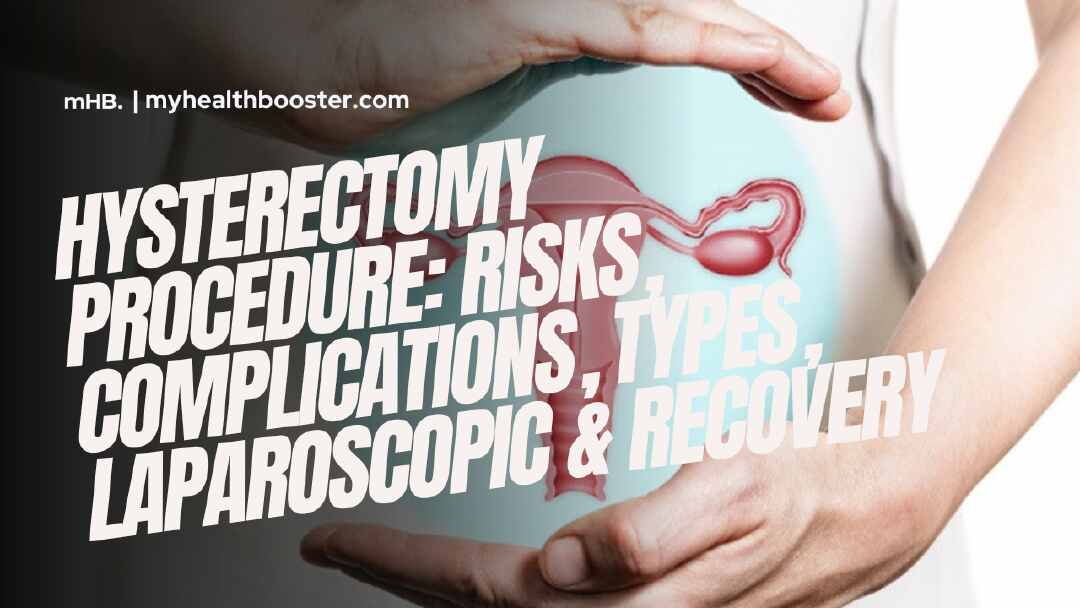Understanding Hysterectomy
Hysterectomy is a surgical procedure involving the removal of the uterus, a common non-obstetrical surgery in the United States. Around 300 out of every 100,000 women undergo this procedure.
Reasons for Hysterectomy
Hysterectomies are performed for various reasons, both medical and non-medical. The primary medical reasons include:
- Uterine Cancer Treatment: Hysterectomy is crucial in treating uterine cancer, ensuring the removal of cancerous tissue from the body.
- Uterine Fibroids: The most frequent cause of hysterectomy is uterine fibroids. These benign growths can lead to issues such as excessive size, pressure, pain, and severe bleeding.
- Abnormal Uterine Bleeding: Conditions causing abnormal uterine bleeding may necessitate a hysterectomy. This includes cervical dysplasia, endometriosis, and pelvic relaxation.
Types of Prolapse
Prolapse involves the descent of the pelvic organs. There are three types:
- First-degree prolapse: Mild relaxation where the cervix is about halfway down into the vagina.
- Second-Degree Prolapse: In this case, the cervix or leading edge of the uterus reaches the vaginal opening.
- Third-degree prolapse: Here, the cervix and uterus protrude past the vaginal opening.
Second- and third-degree uterine prolapse may require a hysterectomy.
Vaginal Wall Weakness
Conditions like cystocele, rectocele, or urethrocele can lead to symptoms like urinary incontinence, pelvic heaviness, and impaired sexual performance. These symptoms often worsen with activities like sneezing, coughing, or laughing.
Risk Factors for Pelvic Relaxation
Childbearing is the most common risk factor for pelvic relaxation. However, other causes may contribute to this condition, and even women who have had a cesarean section are not exempt from the risk.
Tests and Treatments Before Hysterectomy
Before a hysterectomy, certain examinations and tests are necessary:
- Pelvic Examination: A thorough pelvic examination, including ovary and uterus assessment.
- Pap Smear: To ensure cervical health.
- Endometrial Sampling: For women with abnormal uterine bleeding, this is vital to rule out cancer or pre-cancer of the uterus.
- Pelvic Ultrasound or CT Scan: These may be done to confirm a diagnosis.
- Medication Trials: Often, medication treatment is attempted for issues like pelvic pain or bleeding before considering a hysterectomy.
Types of Hysterectomies
There are several types of hysterectomies, each suitable for specific medical conditions:
- Total Abdominal Hysterectomy: The most common type, it removes the uterus and cervix through an abdominal incision. Used for cancer, endometriosis, and large fibroids.
- A vaginal hysterectomy is appropriate for uterine prolapse, endometrial hyperplasia, or cervical dysplasia. Smaller uteruses are preferred for this procedure.
- Laparoscopy-Assisted Vaginal Hysterectomy (LAVH): Combines vaginal hysterectomy with laparoscopy, useful for early endometrial cancer or when oophorectomy is planned.
- Supracervical Hysterectomy: Removes the uterus while sparing the cervix, suitable for some non-cancerous conditions.
- Laparoscopic Supracervical Hysterectomy: Similar to LAVH but removes uterine tissue through a laparoscopic incision. Offers a quicker recovery.
- Radical Hysterectomy: Extensive surgery for early cervical cancer, including the removal of surrounding tissues and part of the vagina.
- Oophorectomy and Salpingo-Oophorectomy: Removal of ovaries or ovaries and Fallopian tubes. Done for ovarian cancer, suspicious ovarian tumors, and preventive measures in high-risk individuals.
Complications of Hysterectomy
Complications can include infection, surgical site pain, and bleeding. Abdominal hysterectomies have a higher risk of infection and postoperative pain than vaginal ones.
Alternatives to Hysterectomy
Hysterectomies for non-cancerous conditions are considered after less invasive treatments fail. Newer procedures like uterine artery embolization (UAE) and myomectomy are used for uterine bleeding. Endometrial ablation and medications are also alternatives.
Pap Smears After Hysterectomy
Women with a history of abnormal Pap smears should continue screenings due to the risk of cervical cancer recurrence. Women with a supracervical hysterectomy may follow the same screening guidelines as women who haven’t had surgery. Those who have had a vaginal or abdominal hysterectomy for non-cancerous reasons usually do not need Pap smears unless they had abnormal Pap smears before the surgery.
